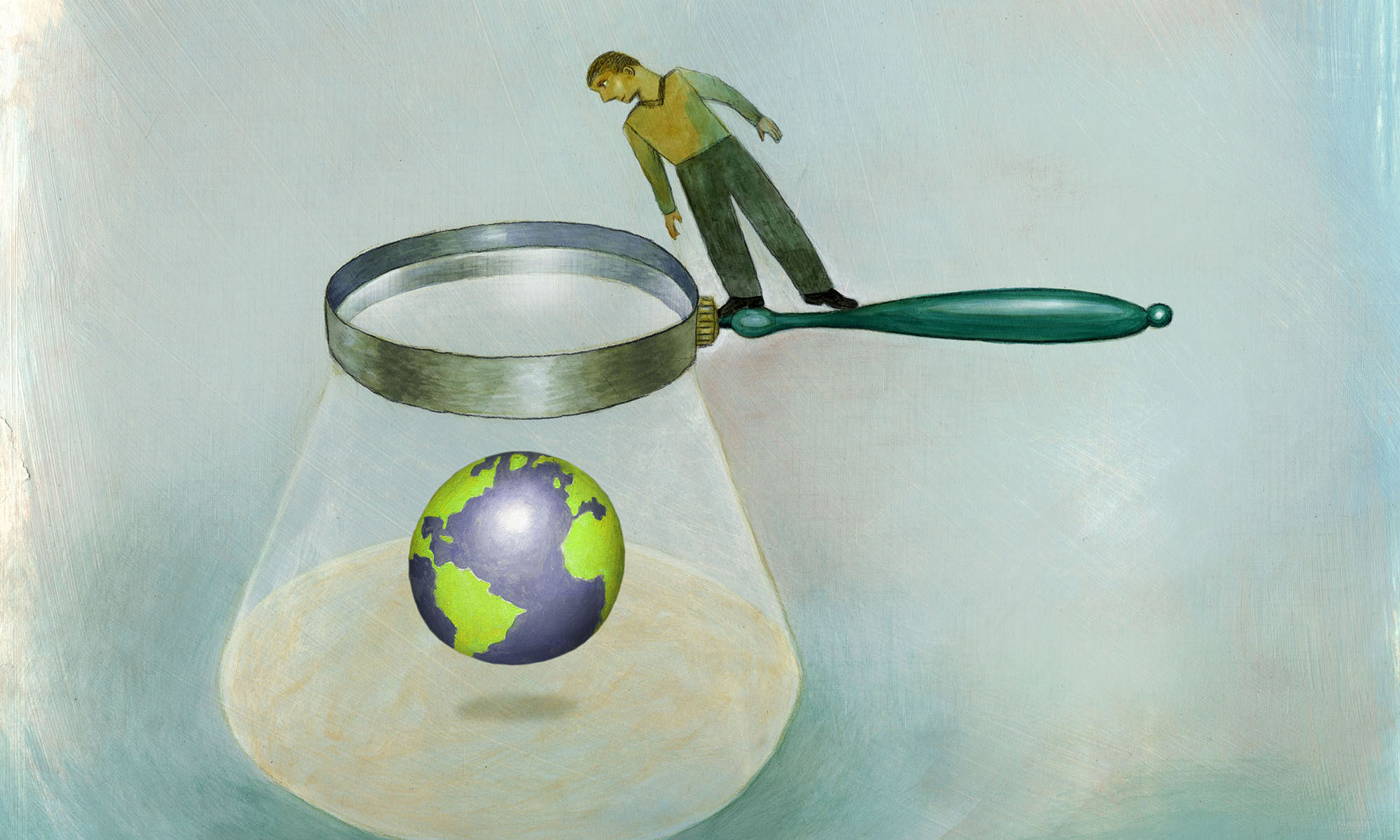Extinction detective Bob Holt tracks down the likely culprit behind ecological crises.
Ecological modeling. Saving the world. The two go hand-in-hand for theoretical ecologist and evolutionary biologist Bob Holt, who recently joined a team of nine scientists to describe how conservation models must be designed with consideration of climate change. Holt has studied everything from rodents and prairie plants to ticks and anthrax, but his main focus has been on theoretical and conceptual contributions to understanding complex ecological systems. Holt has a background in physics that, he says, supports both strong quantitative training and a powerful example of science providing “unifying principles to tie together disparate phenomena.” Thus, he is primed to examine the interactions of forces and the emergence of order from chaos — the two primary tenets of both ecology and physics. Holt is a sort of extinction detective, looking past first appearances and easy whodunits to understand the Rube Goldberg machine behind an ecological crisis. Here are some examples of mysteries solved by Holt or his colleagues.
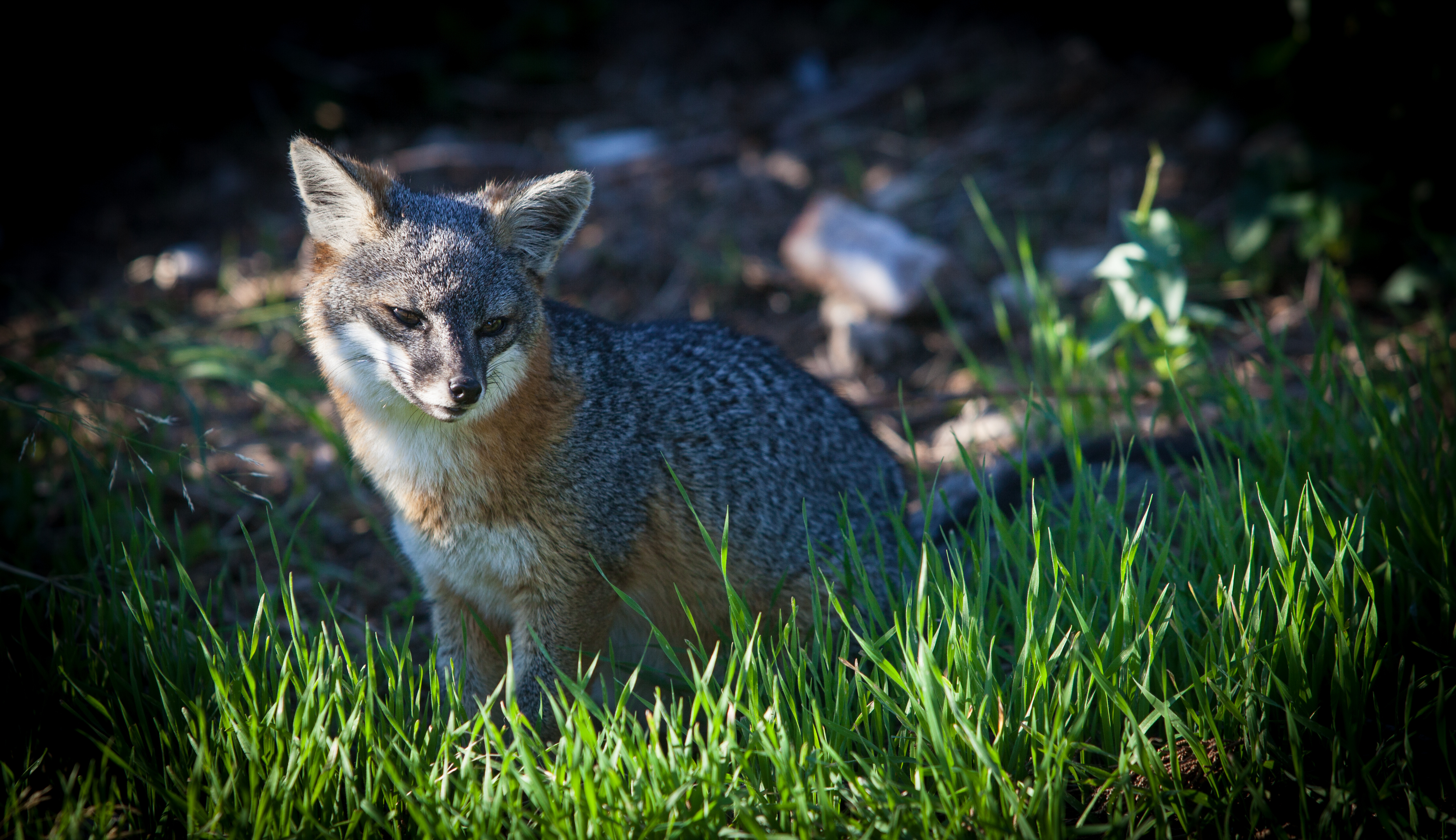
- The Santa Cruz island fox (Urocyon littoralis) of California’s Channel Islands was near extinction. Whodunit? The bald eagle population had declined due to DDT exposure, allowing their competitors, golden eagles (Aquila chrysaetos), to move in.
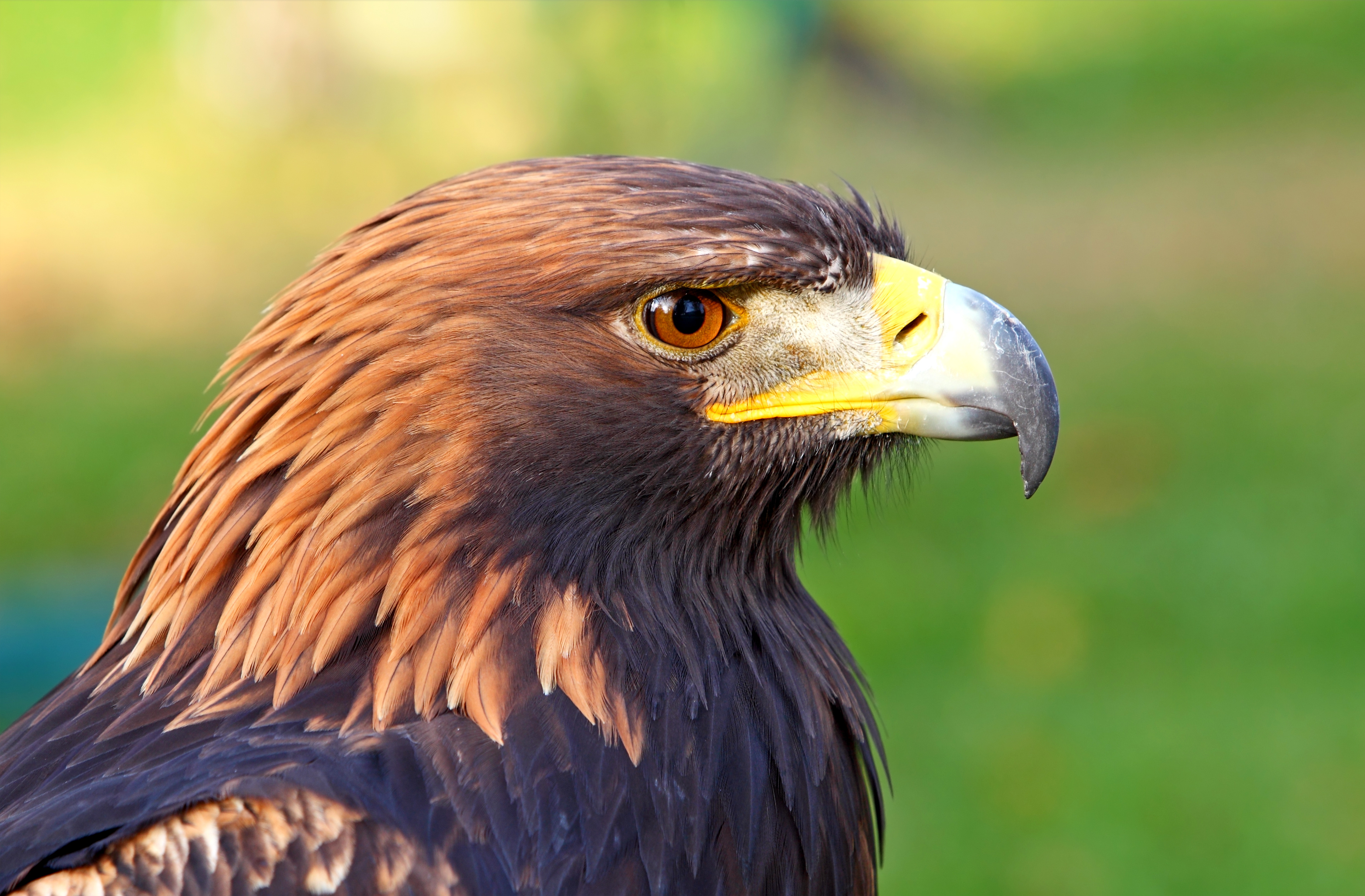
The golden eagles began eating abundant feral pigs after settling on the island, and also incidentally preyed upon the endemic fox. The Nature Conservancy exterminated the feral pigs, the golden eagles stopped visiting, and the fox has rebounded. This phenomenon of one prey species indirectly harming another, via their shared predator, is called “apparent competition.”
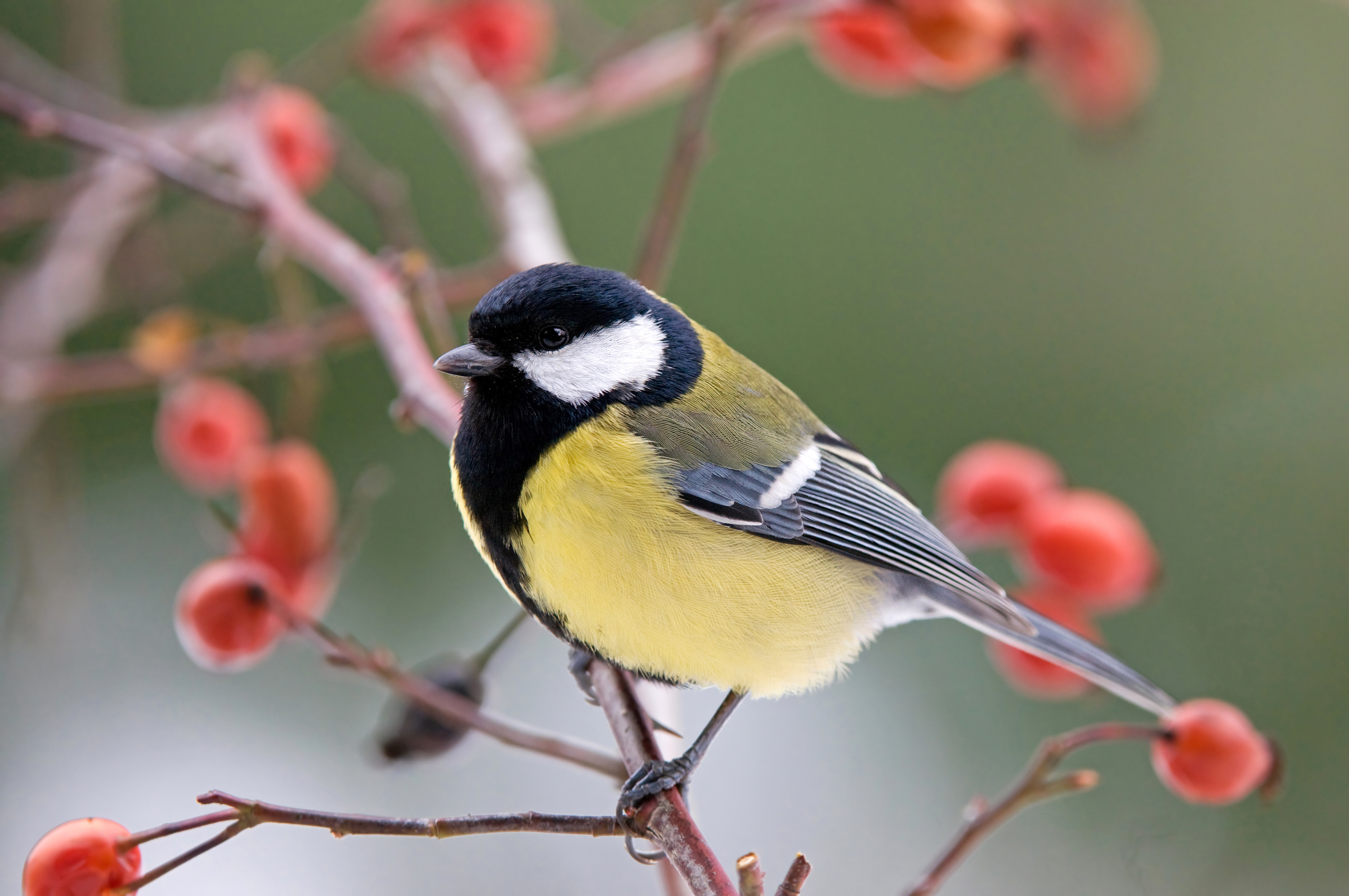
- The young of great tit birds in the Netherlands weren’t faring as well as great tit nestlings in the United Kingdom. Whodunit? The great tit bird (Parus major) of the British Isles will lay eggs earlier in warmer springs, and their primary prey, caterpillars, hatch earlier in warmer springs.
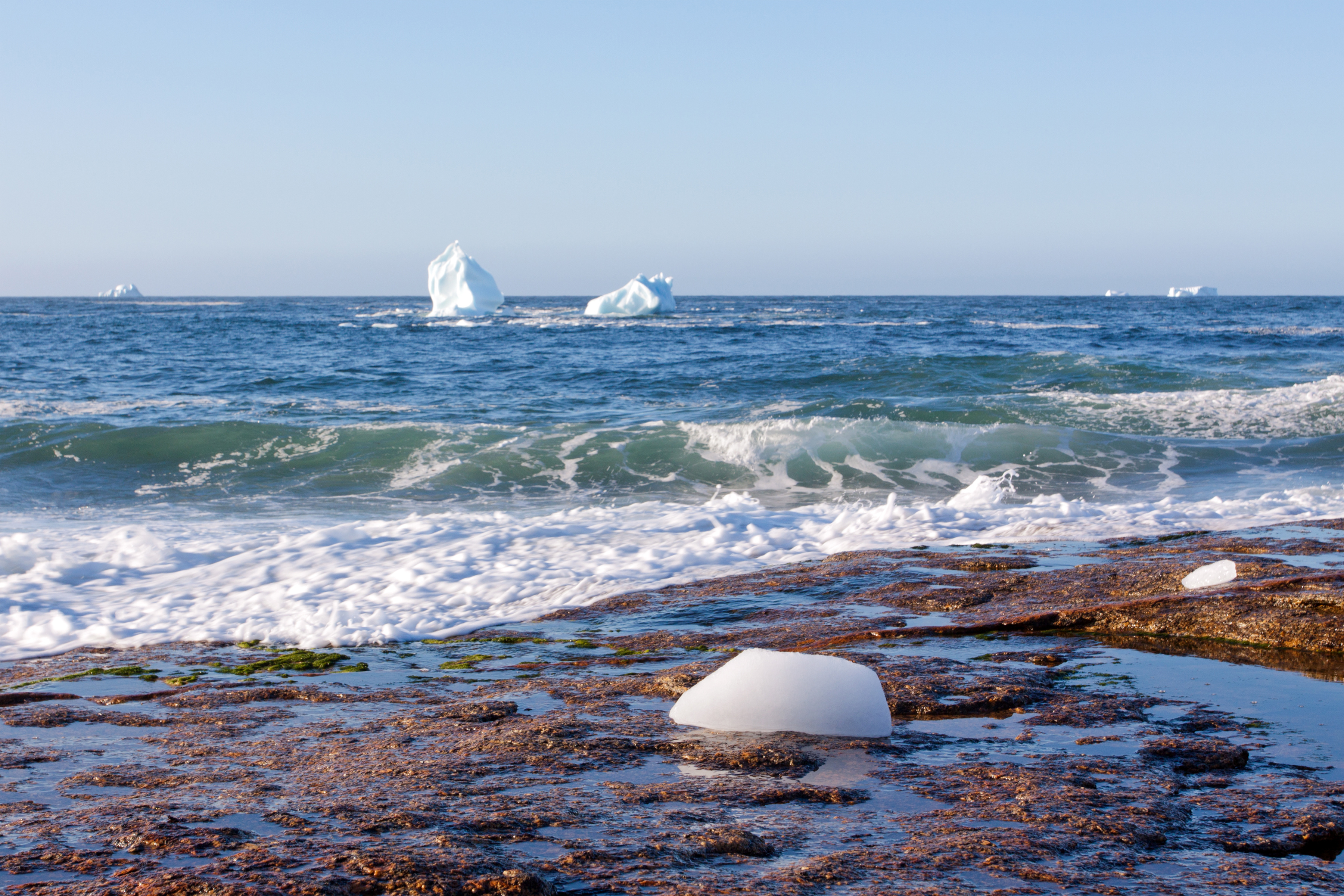
Great tit birds in the Netherlands, however, do not change their egg-laying behavior, so their young won’t have the fresh supply of caterpillars. This is an example of how climate change affects species’ reproduction and, moreover, demonstrates how the populations of the same species are affected by their geographic location.
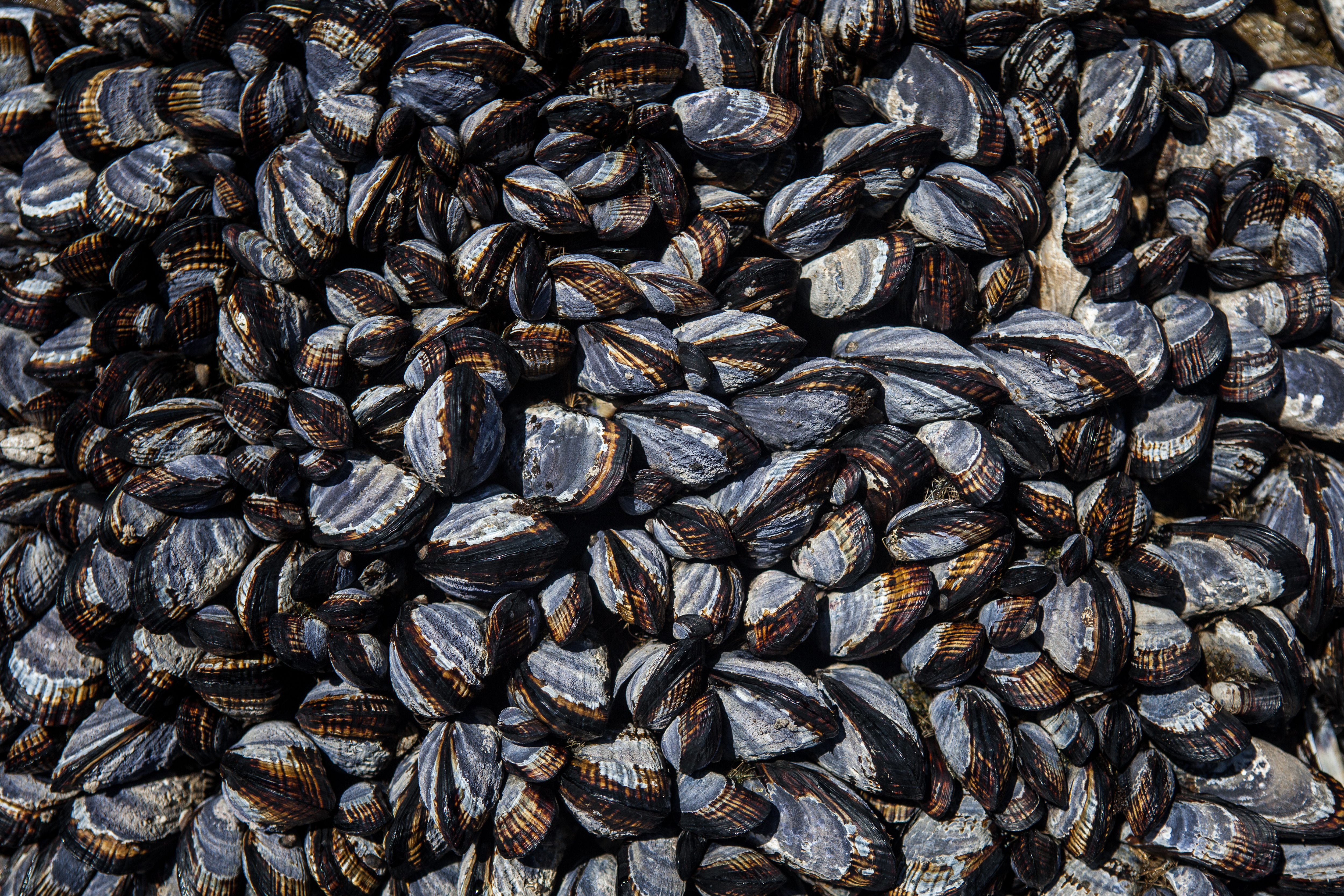
- In parts of the Pacific coastline, mussel populations dropped to zero, hurting the health of intertidal ecosystems. Whodunit? The ochre sea star (Pisaster ochraceus) of the Pacific Ocean.
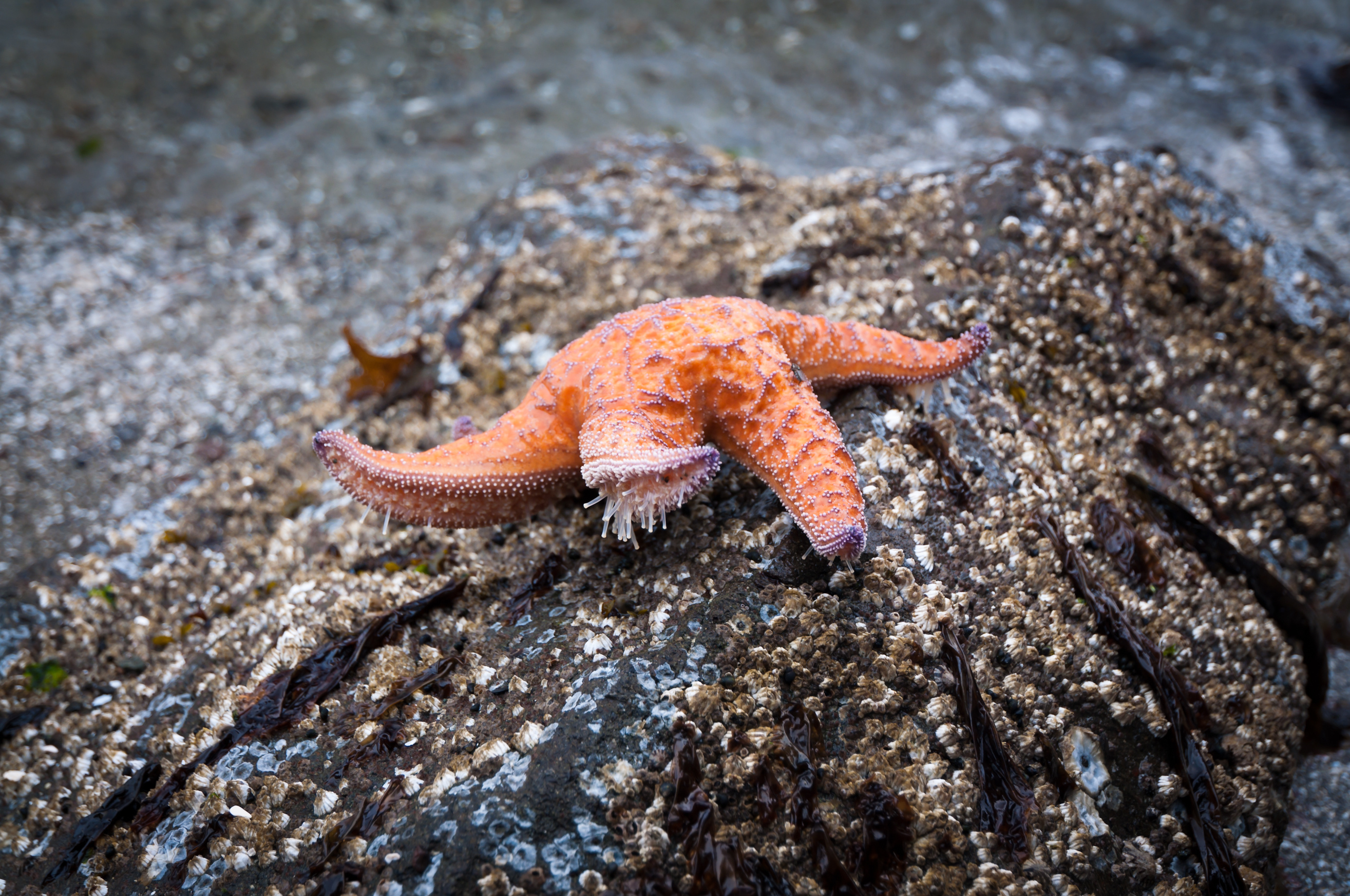
The ochre sea star is a keystone species: It has a disproportionately large effect on its ecosystem. With rising ocean temperature, the stars eat more and, in some areas, can devastate populations of mussels. That zeroing out also has an economic impact on humans, who eat the mussels.
Developing ecological modeling greatly benefits from a robust understanding of math, which Holt imported from his physics education. “Often in biology, students don’t know much mathematics before starting,” says Holt. “Mathematics is like a language. It’s easier to learn when you’re young.”
Because global warming is more than a simple, steady increase in temperature, and includes anomalies such as droughts, heatwaves, and excessive rainfall, its impact on species or ecosystems as a whole can be quite variable.
As a physics major, Holt regularly took biology courses as electives for fun and met several professors of ecology, including his undergraduate mentor, Robert H. MacArthur, a seminal theorist in the fields of population and island ecology. Holt accompanied him on his last field trip before MacArthur’s death in 1972. In ecology, Holt found an exciting balance between lab work and fieldwork. “I liked that I wouldn’t be stuck in front of a lab or computer. I could be outside,” he says. The lab work he does is primarily “mathematical and computational modeling,” and this methodology can be paired with climate modeling to provide guidance for conservation efforts. A paper published in Science in 2016 emerged from a working group at the German Centre for Integrative Biodiversity Research in Leipzig, Germany, that met to discuss modeling for species distribution and range limits that change as the climate does.
In the paper, Holt and his team propose an international consortium of scientists to bring their respective disciplines together to build a more comprehensive portrait of climate change as it affects ecosystems and the flora and fauna within. The consortium wants to collect biological data that would help scientists and policymakers collaborate on effective conservation measures. The data would be flowed into a comprehensive knowledge base about metabolic, reproductive, and behavioral aspects of species that alternate with warmer or cooler climates. Because global warming is more than a simple, steady increase in temperature, and includes anomalies such as droughts, heatwaves, and excessive rainfall, its impact on species or ecosystems as a whole can be quite variable. The team proposes that these mechanisms be integrated into models that can predict the wide-ranging effects of climate change and guide conservation efforts.
Holt has had some experience in these matters. Since 1984, he has directed a long-term ecological experiment — which is rare, he says — to measure fragmentation and secondary succession of Kansas farmland. Secondary succession entails new flora and fauna recovering in an area, say after agricultural land is abandoned. Such changes in vegetation can have important implications for conservation. Close to the University of Florida campus, the scrub jay is a notable example. As the only endemic bird of Florida, the scrub jay is sensitive to the increased development, wetter summers, and warmer winters that have led to habitat loss. Scrub jays are ill-adapted to the thicker, predator-heavy woodlands in the North, where they are driven. Conservation efforts include controlled burns to preserve the scrub habitat that give the jays their name.
Holt’s concern for the jay and other endangered species has its roots in his childhood as a self-described boy naturalist. “I’ve been a keen birder since I was 10 years old,” says Holt. While his education in physics encourages the pursuit of universal laws, “biology, particularly ecology and evolution, revels in diversity,” he says. In birdwatching, “you’re not looking for the universal bird, you’re looking at how the cardinal is different from the chickadee is different from the tody is different from the duck is different from the owl. That diversity is part of the joy of engaging with the natural world.”
